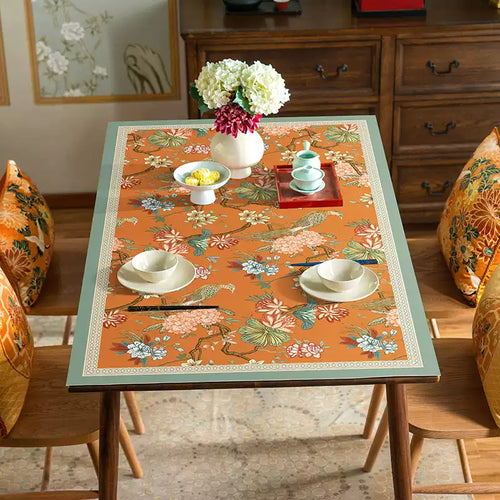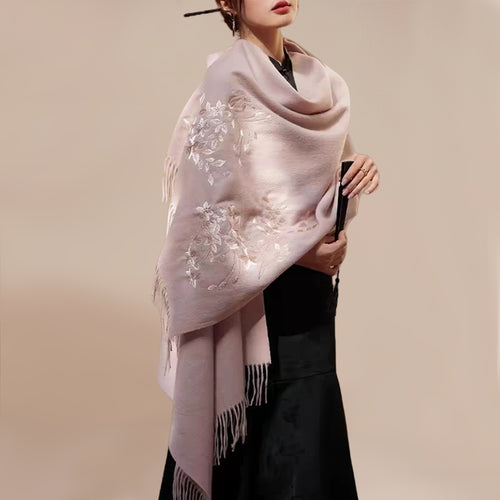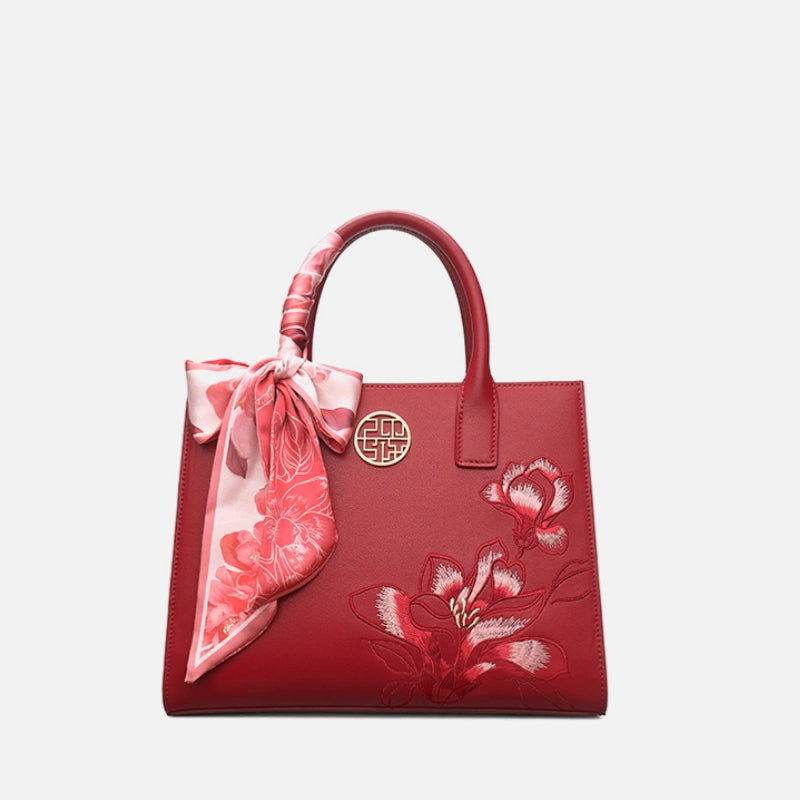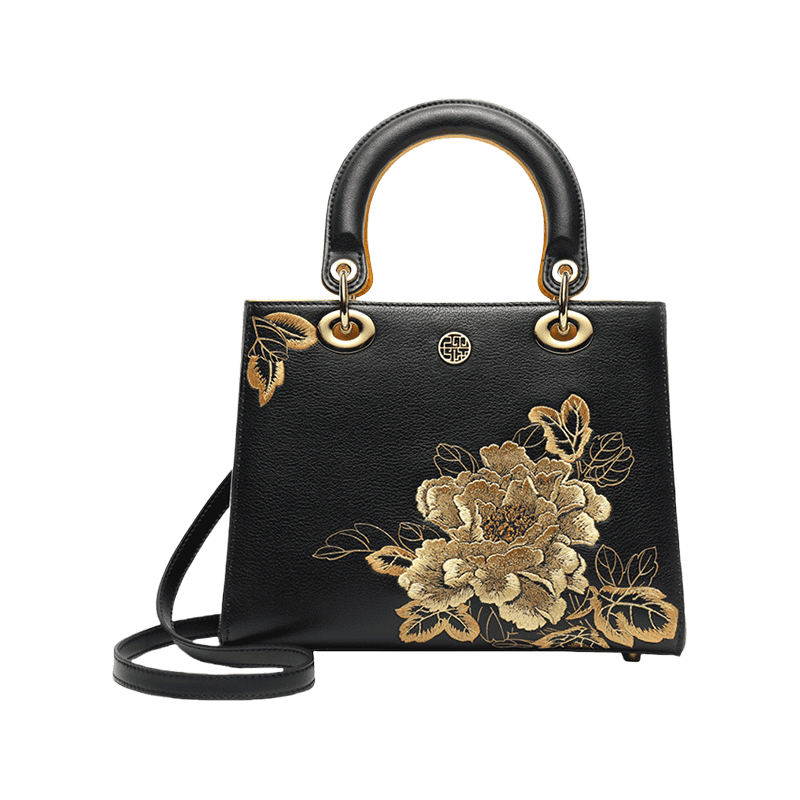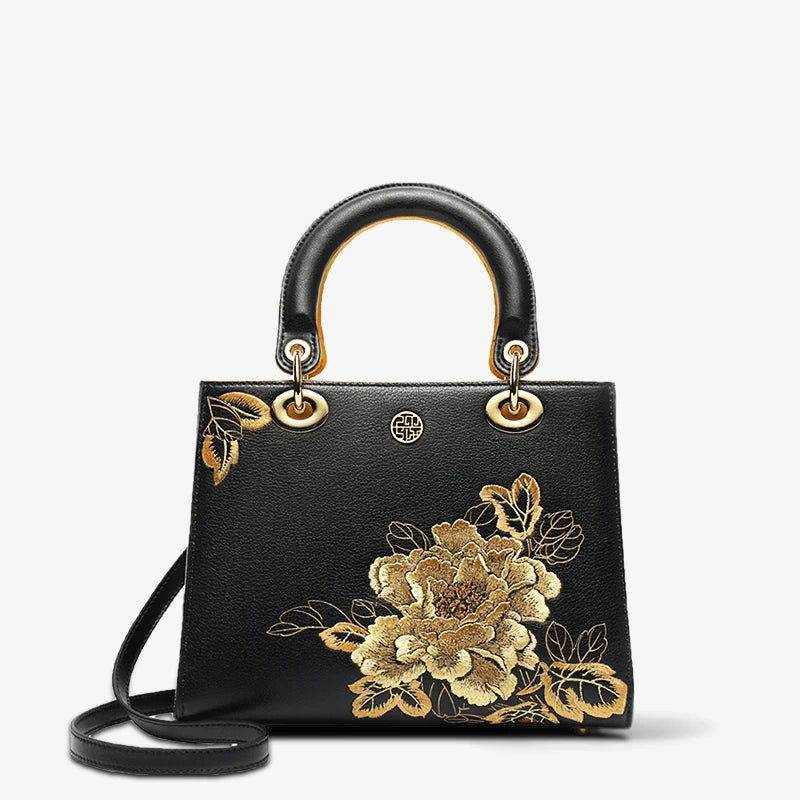Hand embroidery and machine embroidery represent the two extremes of the embroidery art field, showcasing the contrast between traditional craftsmanship and modern technology. Each method possesses unique advantages and characteristics, sparking widespread discussions on the integration of manual craftsmanship and technological innovation. In this blog post, we will delve into the differences between hand embroidery and machine embroidery, exploring their applications in various domains.
-
Custom Apparel: Unique Designs of Hand Embroidery
-
Hand Embroidery: In custom apparel, hand embroidery often delivers unique designs and intricate details. Artisans can personalize designs based on clients' preferences, creating awe-inspiring patterns. This uniqueness contributes to the popularity of custom apparel in the fashion industry.
-
Machine Embroidery: While machine embroidery has its place in custom apparel, especially in mass production, it may struggle to achieve highly personalized designs. In comparison to hand embroidery, machine embroidery might appear relatively standardized in terms of patterns and details.
-
-
Home Decor: Choosing Texture and Warmth
-
Hand Embroidery: Products of hand embroidery in home decor emphasize texture and warmth. Items like embroidered cushions, tablecloths, or wall hangings, crafted by skilled artisans, not only appeal visually but also provide a warm tactile experience.
-
Machine Embroidery: Widely used in home products, machine embroidery is efficient for mass production, yet it may lack the unique tactile qualities and delicacy found in hand embroidery.
-
-
Art and Handicrafts: Unparalleled Unique Value
-
Hand Embroidery: Hand embroidery in art and handicrafts is often considered as unique pieces of art. Artisans, through skill and creativity, produce distinct patterns and artworks, making each piece a precious collectible.
-
Machine Embroidery: In the realm of art and handicrafts, machine embroidery may struggle to match the artistic and unique qualities of hand embroidery. Machine embroidery is more suitable for large-scale production rather than the pursuit of the distinct value found in art pieces.
-
-
Embroidery Craftsmanship: Bridging Tradition and Modernity
-
Hand Embroidery: Embroidery craftsmanship with hand embroidery often symbolizes the crystallization of traditional techniques. Artisans, by inheriting and innovating traditional skills, create craft pieces with rich cultural significance.
-
Machine Embroidery: Machine embroidery has its applications in the craftsmanship domain, especially in meeting the demand for mass-producing similar items. However, it may fall short in expressing traditional culture and manual craftsmanship compared to hand embroidery.
-
In specific product works, hand embroidery often provides more personalized designs, richer textures, and deeper cultural significance. Machine embroidery excels in mass production and efficiency but may lack the warmth and artistic qualities inherent in hand embroidery. The interplay of tradition and modernity continues to drive innovation in the field of embroidery.
SinoCultural, a brand dedicated exclusively to delivering high-quality hand embroidery products, brings forth a blend of uniqueness and cultural richness. Each creation from SinoCultural embodies the essence of craftsmanship, offering a distinctive touch and cultural significance to its audience.




